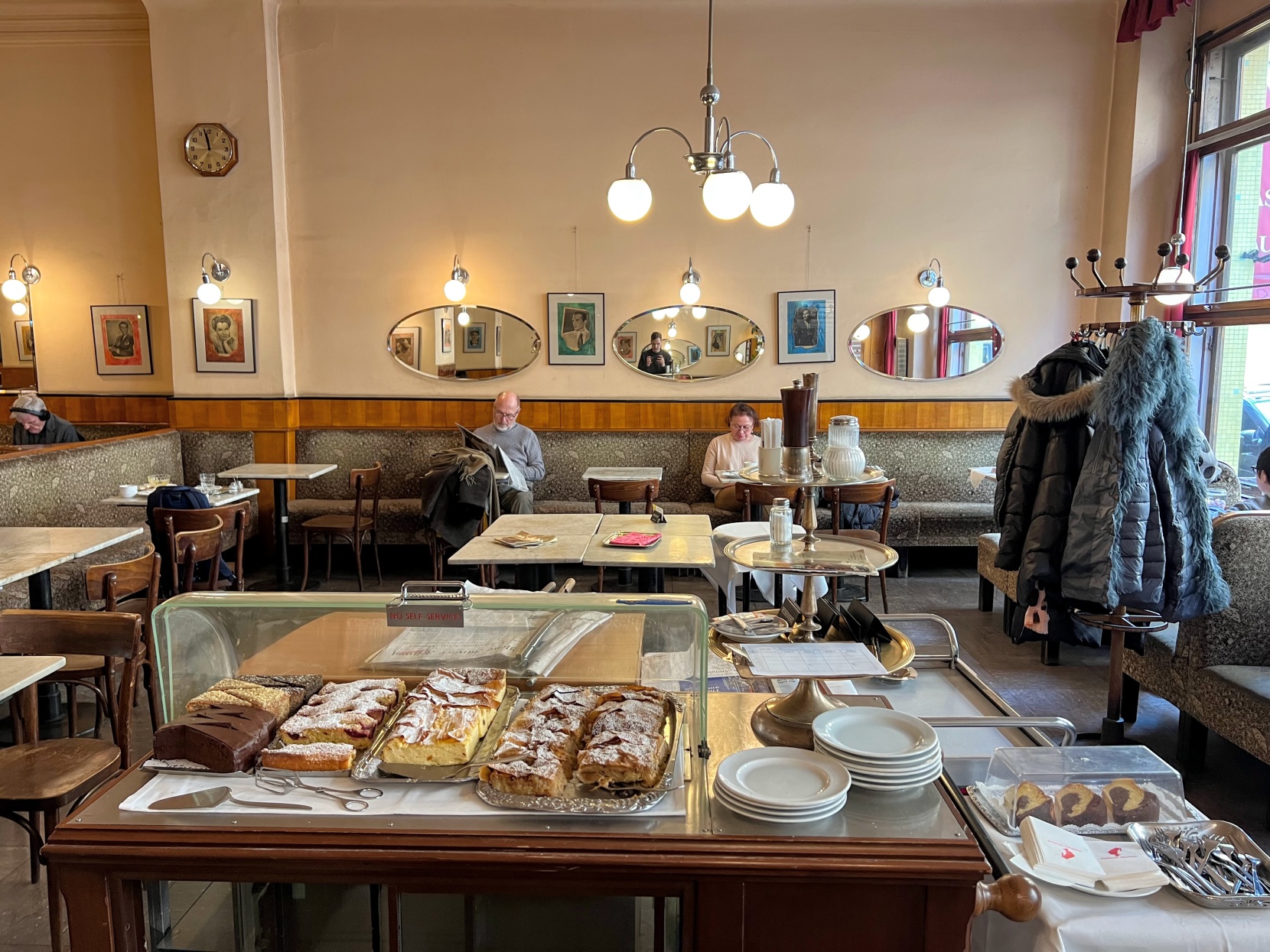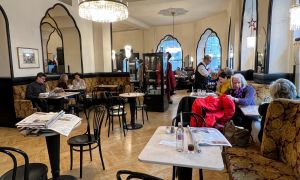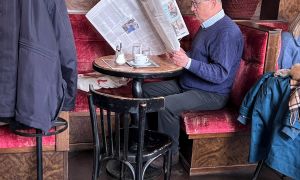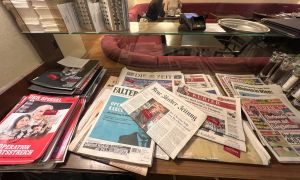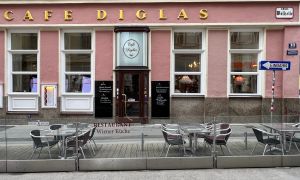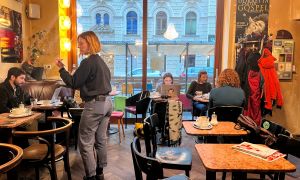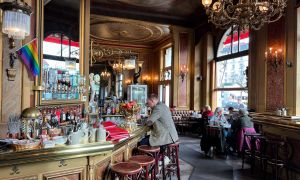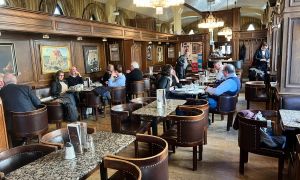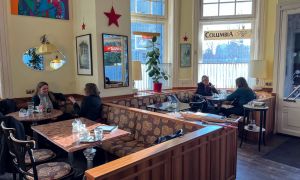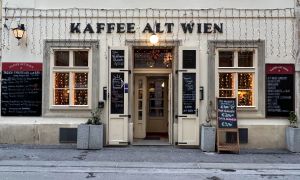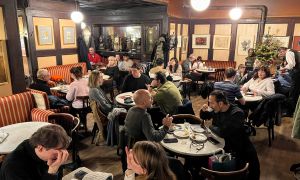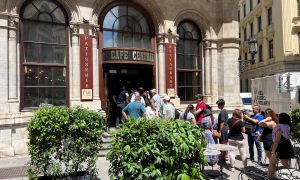Apart from its museums, Vienna's coffeehouse culture might be the most unique attraction for a visitor. Since the mid-19th century, locals have been socializing at these grand establishments complete with suit-and-tie-wearing waiters, oversized windows, and neatly laid out newspapers. Journalists, artists, businesspeople – everyone has their go-tos. The coffee itself is usually pretty bad, but despite the recent advance of minimalist new-wave coffee shops, Viennese love for the coffeehouse hasn’t abated.
The cafes are open throughout the day and serve breakfast, traditional dishes, and pastries (schnitzel, goulash, apple strudel and so on). Wifi is rare, but lingering okay, even expected. Below, you’ll find a selection of my favorites, some with more tourists than others.
